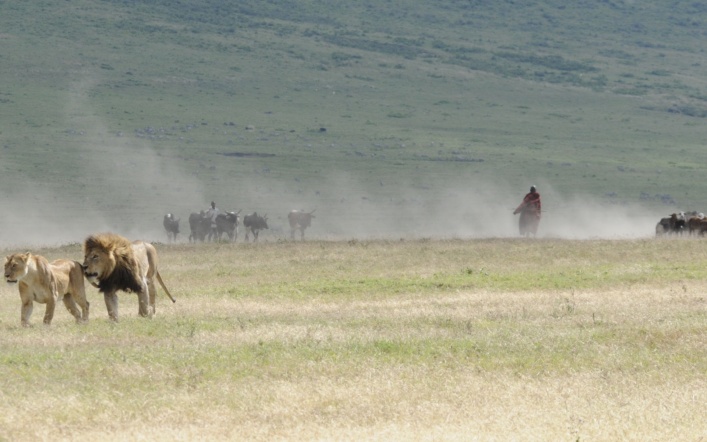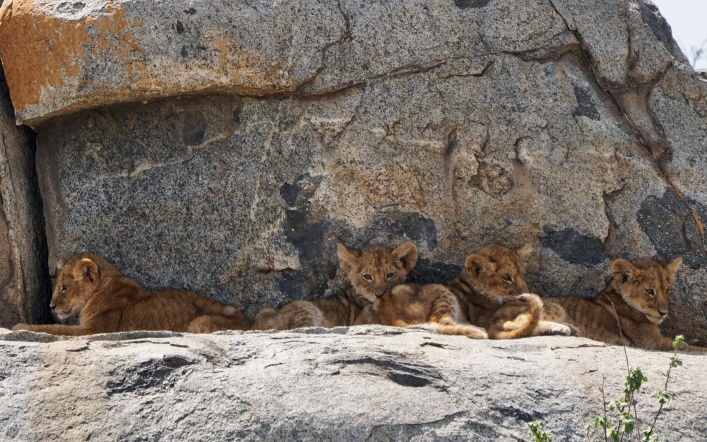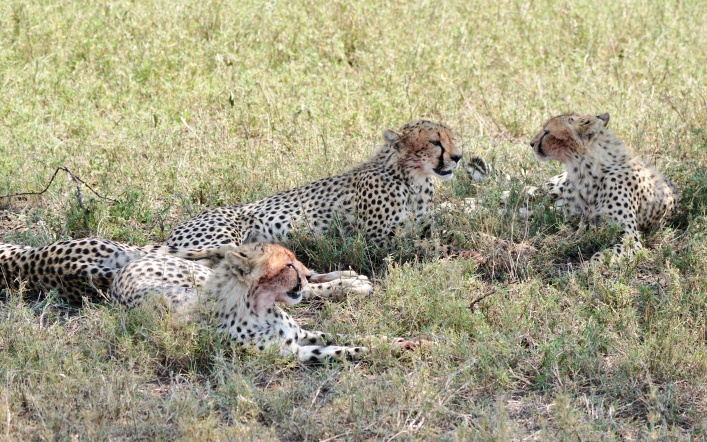Migration to the Masai Mara
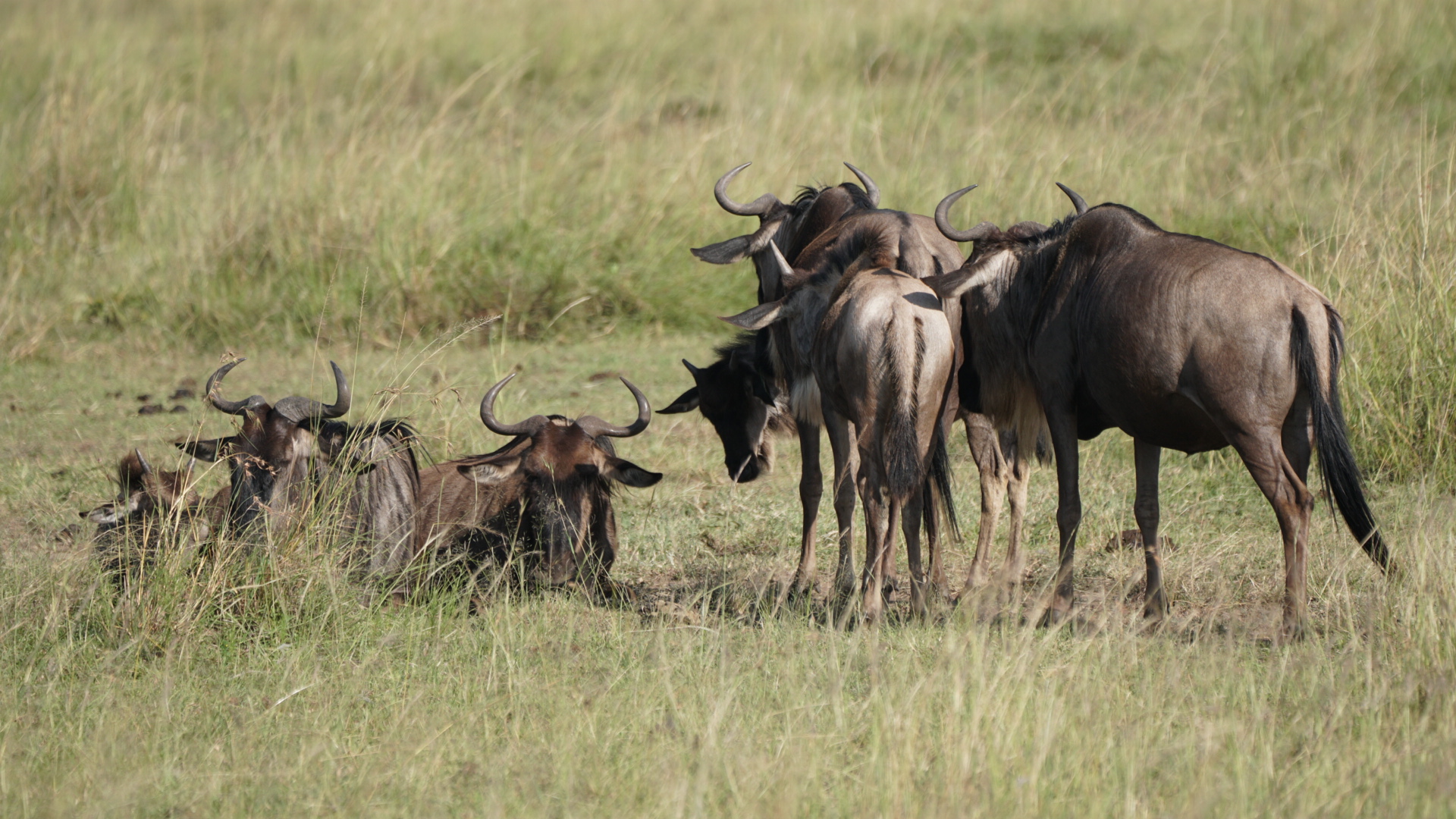
We drove 6 hours to our next National Park, the Masai Mara. Holy mackerel, the last twenty six miles were on unpaved road.
We really had a shake, rattle, and roll kind of drive, with many of us flying up out of our seats along the road. According to my cellphone pedometer, I had “walked” over 12,000 steps, or 51 floors just bouncing around in my seat in the Land Cruiser. Our teeth are rattling, our cheeks and arms are jiggling, and we all have a few black and blue bruises from ricochetting off the metal walls of our vehicle. What made it worse is we weren’t able to open our windows because of all the flying dust, so it gets pretty stuffy and hot in the vehicle. Note to self…next time, bring face masks for dust. It might save a year of our lungs!
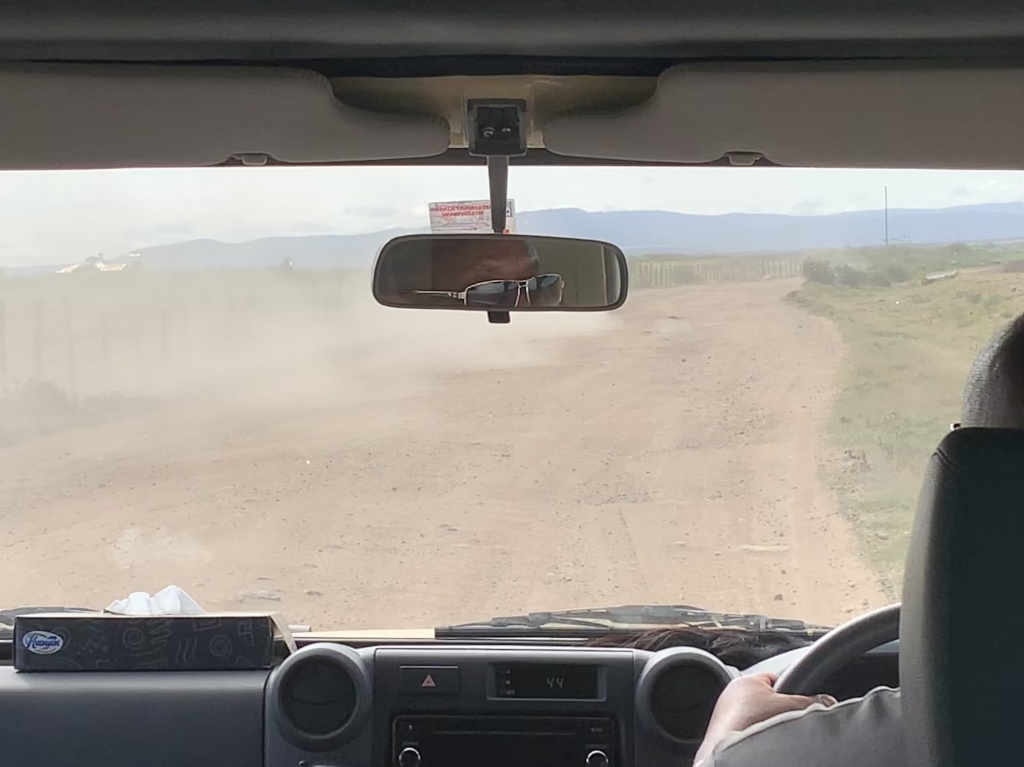
Remember what it’s like to ride along on those old fashioned rickety wooden roller coaster? Try doing it for an hour and a half…or like being strapped to one of those old fashioned machines from the 1950s that had a wide seatbelt that wrapped around your waist and hips, and then shook you until all the fat fell off of you. I wonder if all the jostling around will help wear off of some of these three meals a day they are feeding us?
When we finally hit pavement again, there was actually cheering and applauding in our vehicle. We have never been so happy to have a paved road again. Things we have always taken for granted are now huge pleasures! They say the road will be paved in the next six months to two years, but I wouldn’t bet money on that.
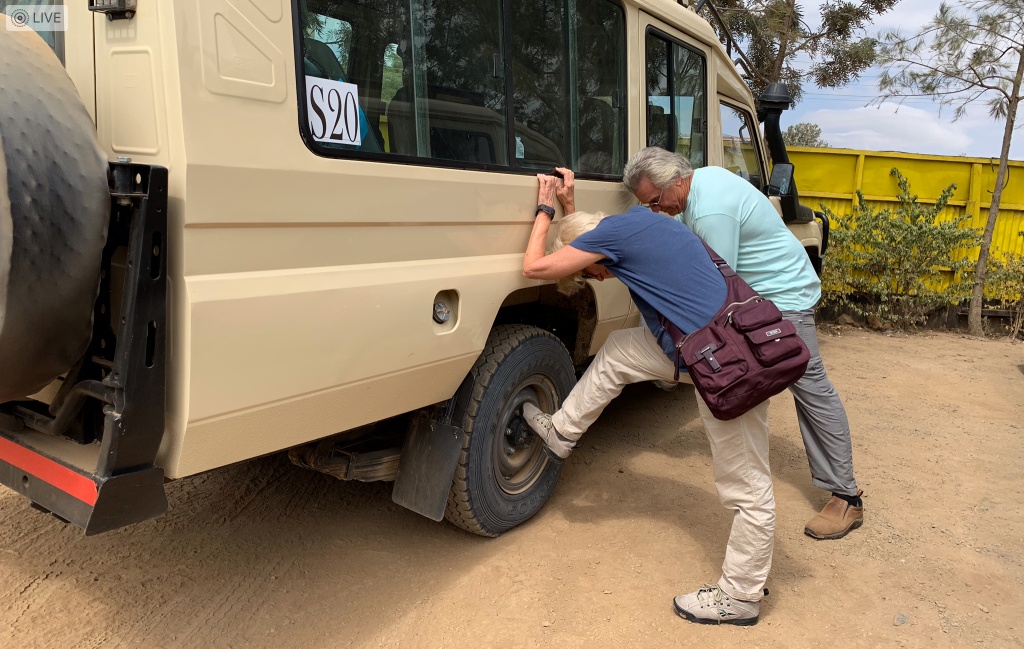
Mara means wide open plains dotted with a few trees. The landscape has changed so much from the last places we have been. The grasses are much greener and taller here. Is it worth the wild and crazy ride to get here? Absolutely!!
We are getting our first look at a wildebeest. Our guide tells us that the are made out of spare parts from other animals…a mane from a lion, a tail from a horse, the horn from a young buffalo, front legs like a hyena, hips like a zebra, stomach like a cow, and a head that looks like a grasshopper. I think his head looks like a praying mantis, but in either case, he’s a pretty strange looking critter that makes a low grunting sound. They are made by a committee. If you want to know how many of them there are, just count the number of legs and decide by four. Haha…we love our guide Daniel.
They are very shy, are quick to turn their faces away from your camera, and run. It’s pretty common now that I’m getting a lot of butt shots of these animals. I guess they are all showing off their better sides.
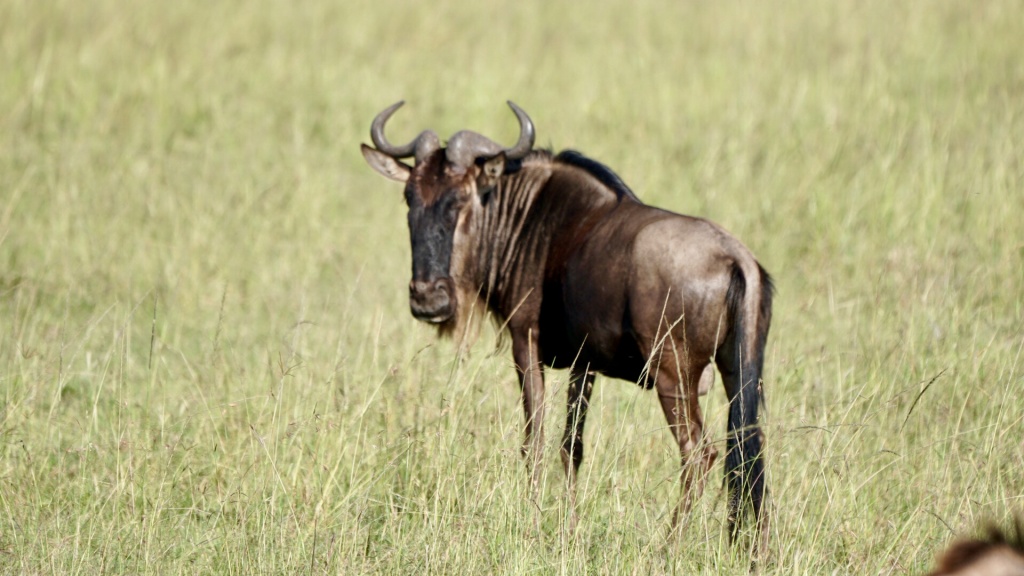
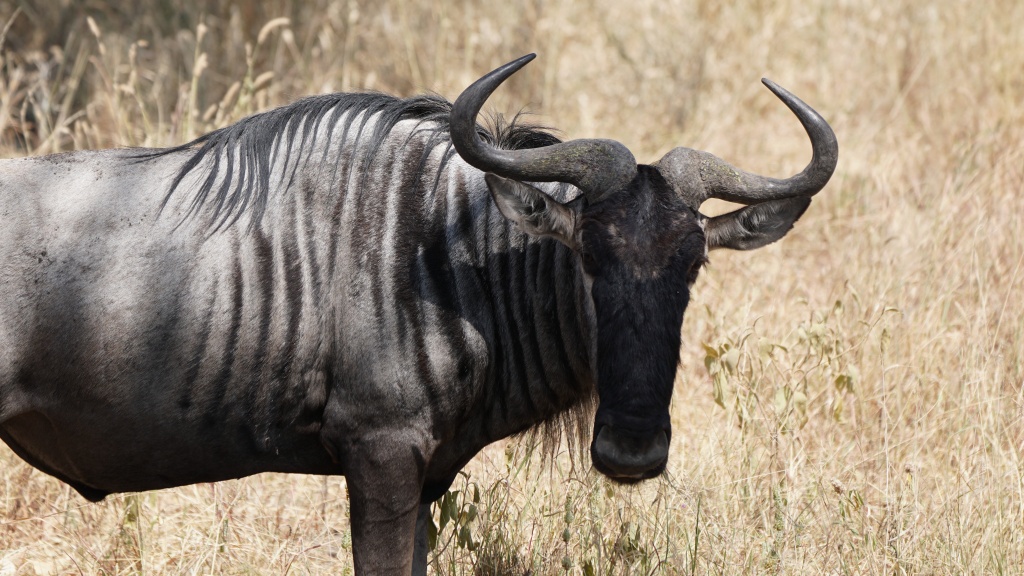
Remember when you saw the movie Dances with Wolves, and you got that first shot of the wide open plains and saw all the thousands buffalos for the first time? Well, that’s what it’s like to see the Masai Mara, dotted with hundreds, no, thousands of Burchelle zebras, Hopi antelopes, wildebeests, waterbucks, and impalas, and elephants all grazing on the two foot tall grasses, standing side by side. It is truly a sight to behold. When you see the sheer number of animals, you really are quite speechless.
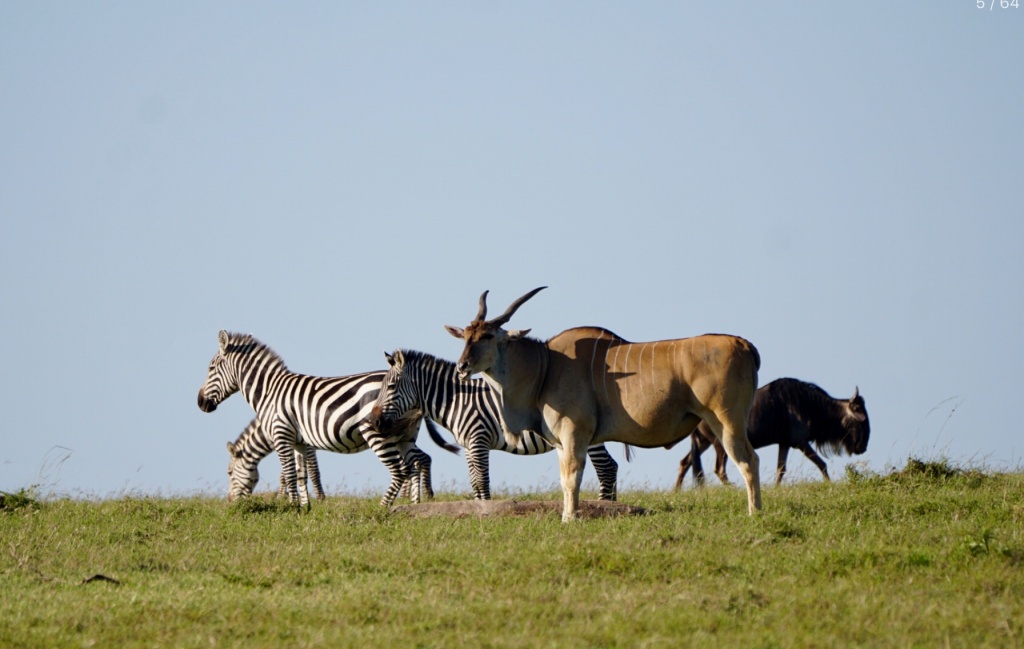
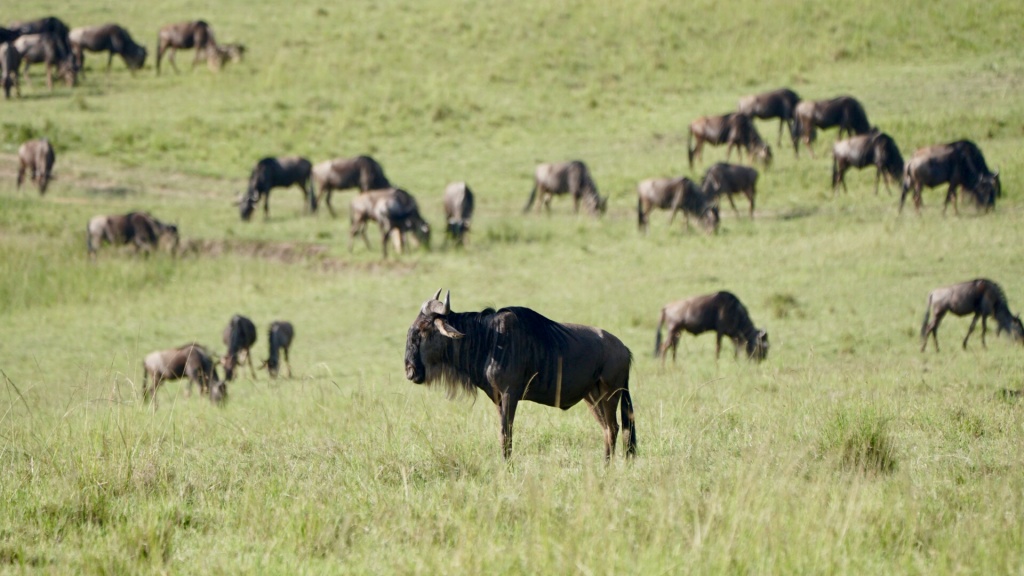
There were literally wildebeests as far as you eye could see. The reason there are so many animals here is that they are in the middle of migration. They are leaving the Serengeti savannah which is now becoming all dry grasses and moving to the green and more nourishing grasslands of the Masai Mara. They will stay here until the end of October to feast on the two foot tall lush grasses.
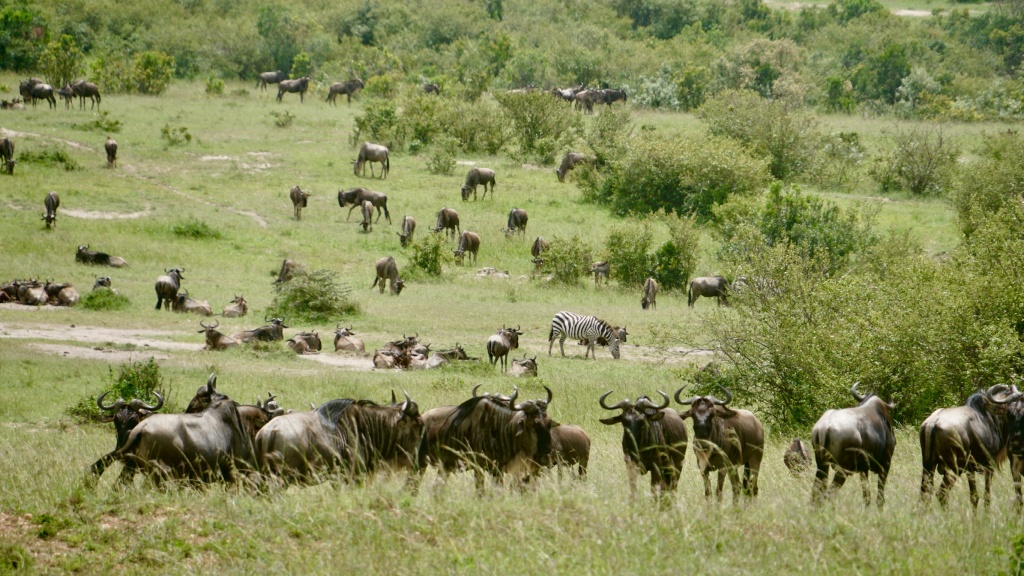
The wildebeests and the zebras migrate together and depend on each other. The wildebeests have very poor eyesight, but they can smell water more than five miles away. The zebras, on the other hand, have excellent eyesight, and sense danger immediately. The zebras also have excellent memory, so they lead the way for the wildebeests, while the wildebeests help the zebras find fresh water.
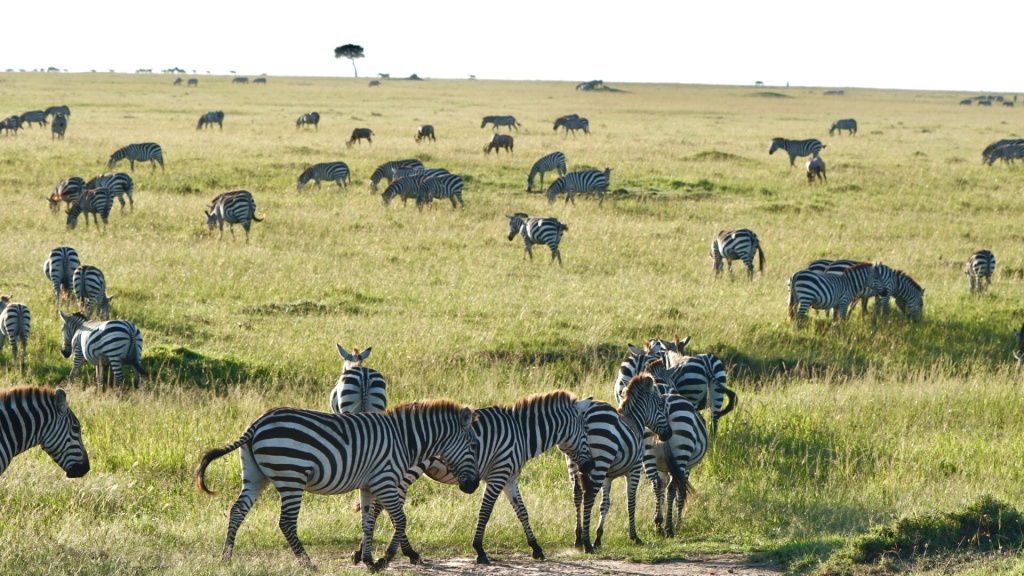
By the end of October, they will have all been eaten everything to the bare ground, and will have left behind enough poop to fertilize the ground to grow a healthy crop of grasses for the next year. Our guide estimates that there are probably about 20,000-30,000 wildebeests currently here in Masai Mara, as we are currently in the middle of the migration season. Over the next month or two, close to two million wildebeests and one million zebras will arrive to the Masai Mara.
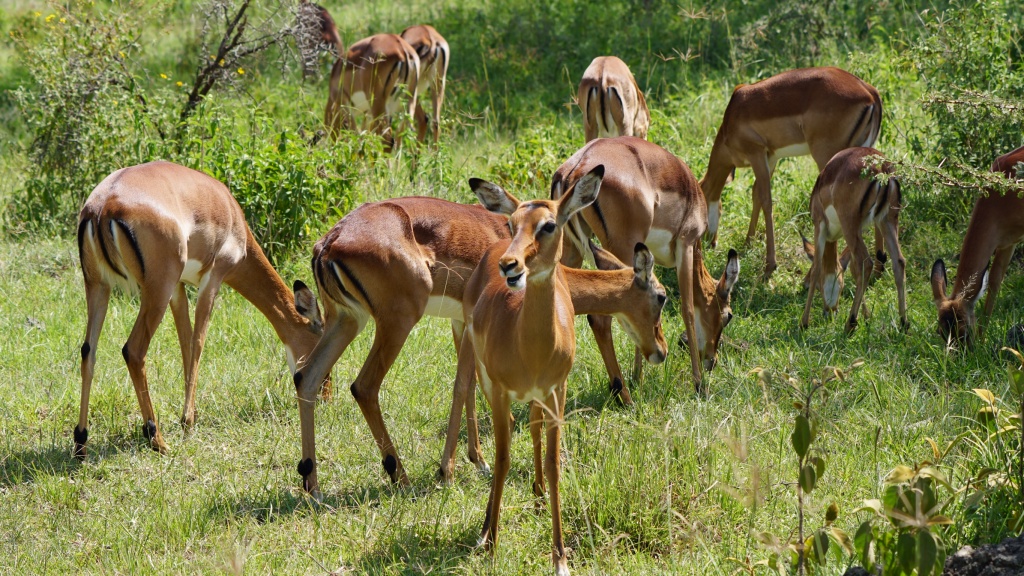
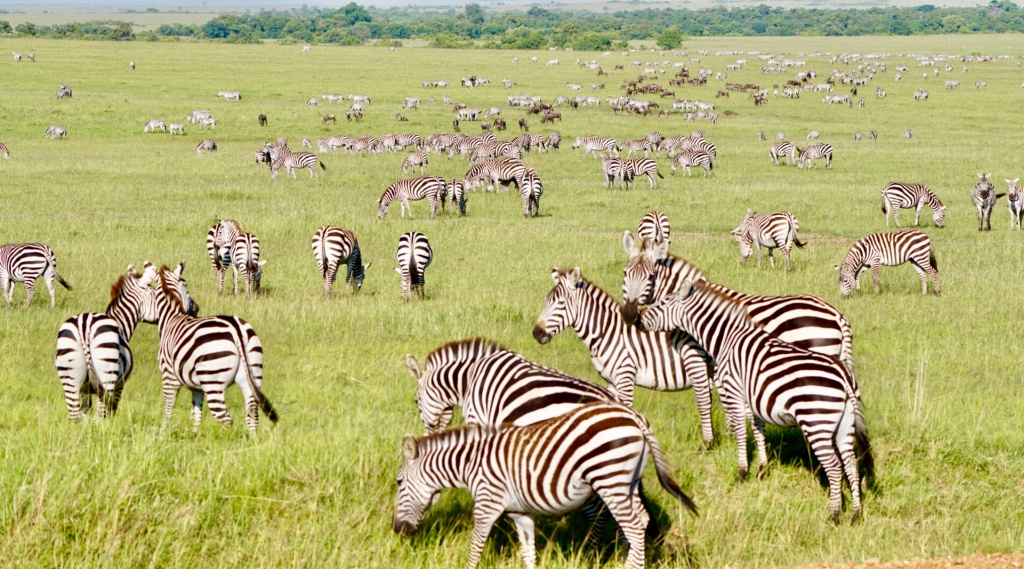
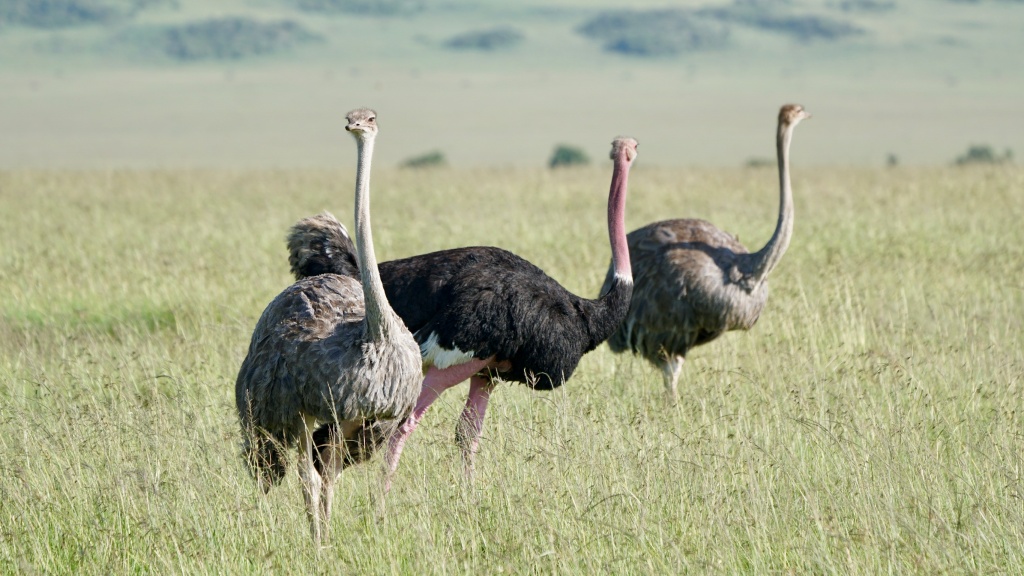
Sometimes the females are fluffing their feathers as a mating dance for her suitors. Other times she’s just trying to cool off.
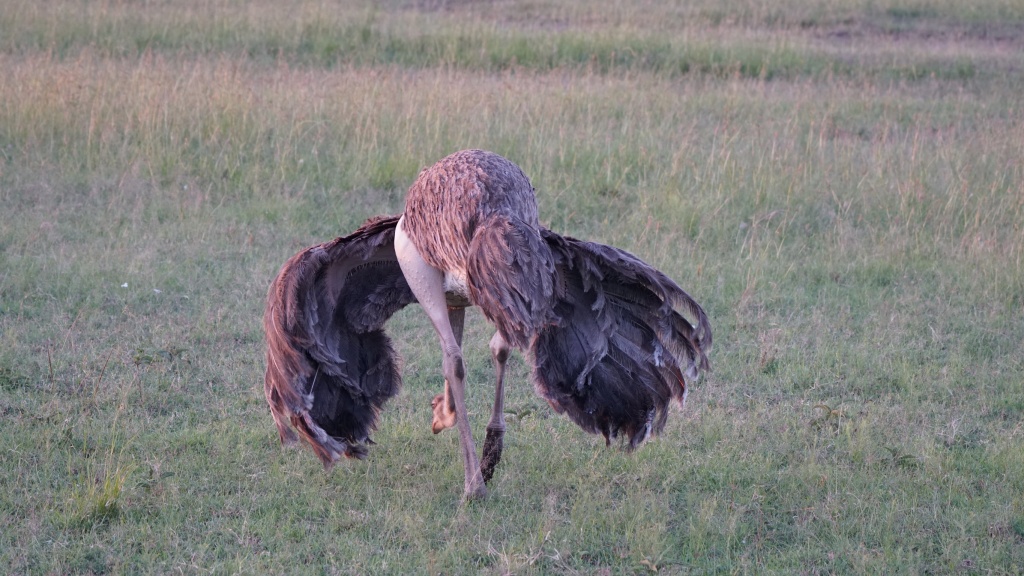
There are thousands of Hopi antelopes…commonly known as the ones wearing “blue jeans and yellow socks”, because of their distinctive, colorful markings. Give him a sweater and he’d be set for the first day of college.
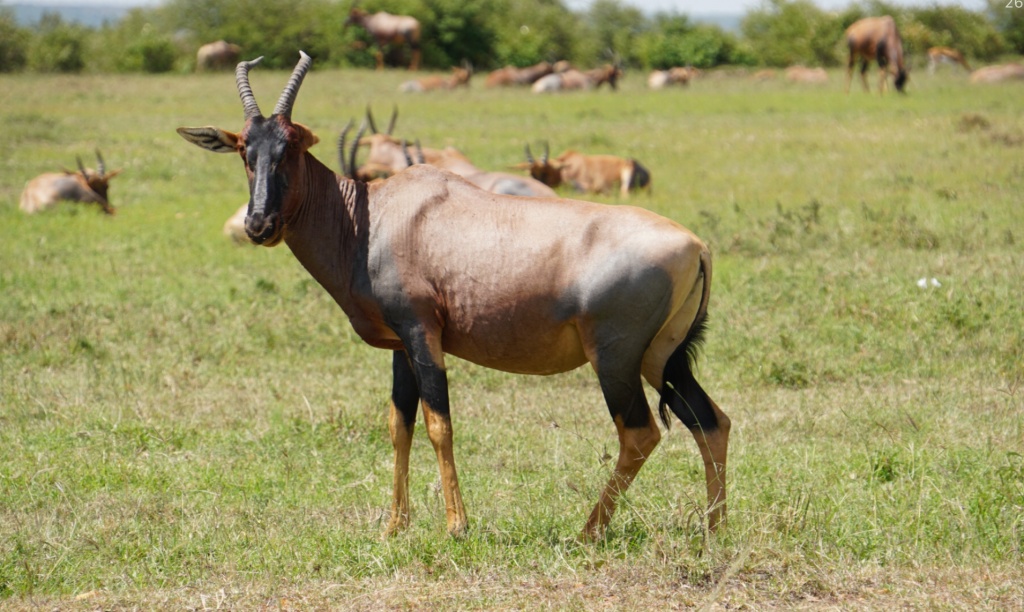
All of these animals all get along and live side by side in harmony and it’s a beautiful thing to see.
It’s rare to catch a bunch of baboons all sitting still for a moment. Usually they are scattering in every direction, which makes them difficult to photograph. They are adorably cute when they aren’t up too mischief.
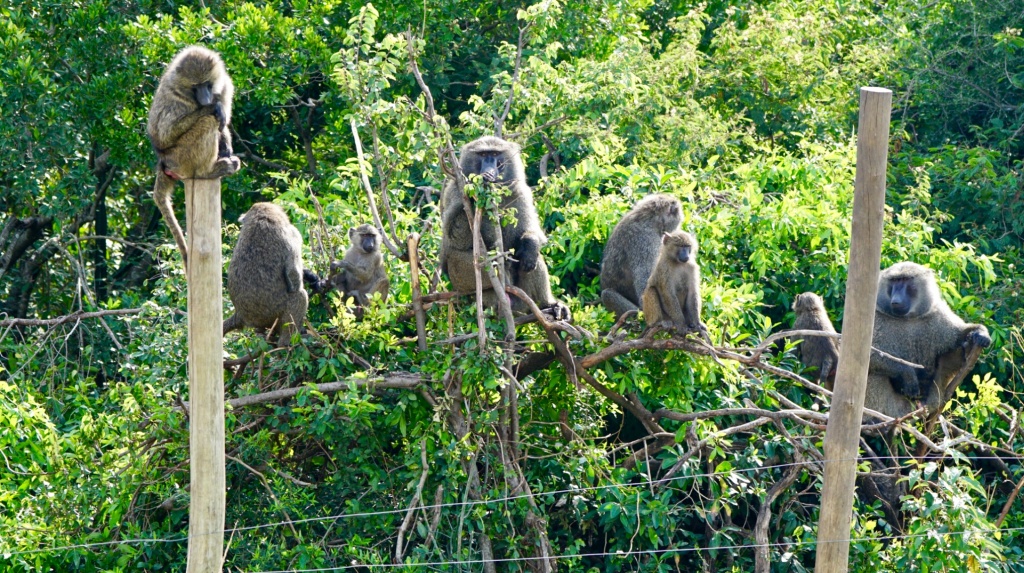
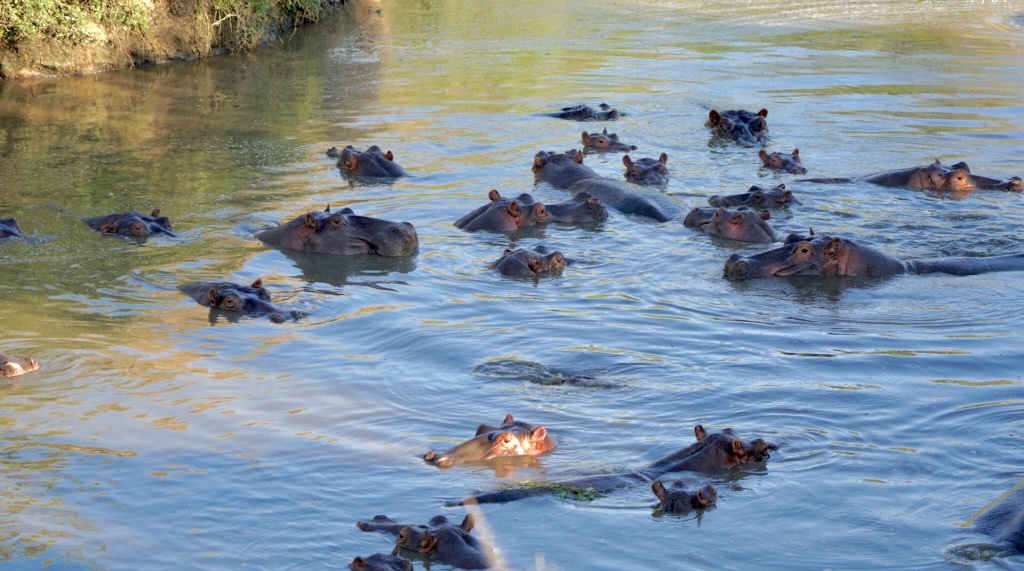
We have never seen so many hippos in one place at one time, with all their ears wiggling while they calmly enjoyed floating the the river. Even though they weigh tons, they looked so graceful gliding just under the water’s surface. My husband is waiting to see one walking out of the water…we haven’t caught that yet.
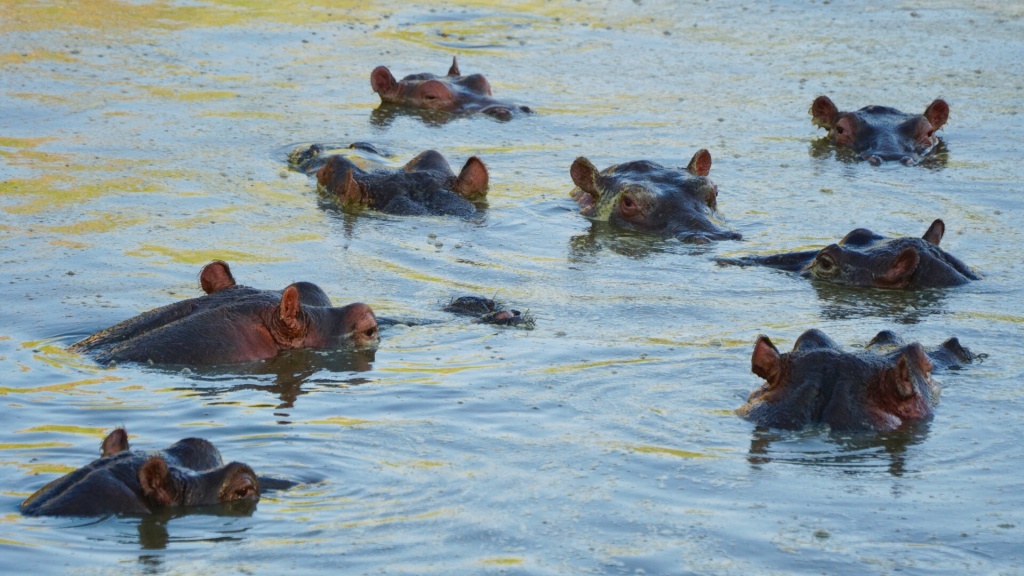
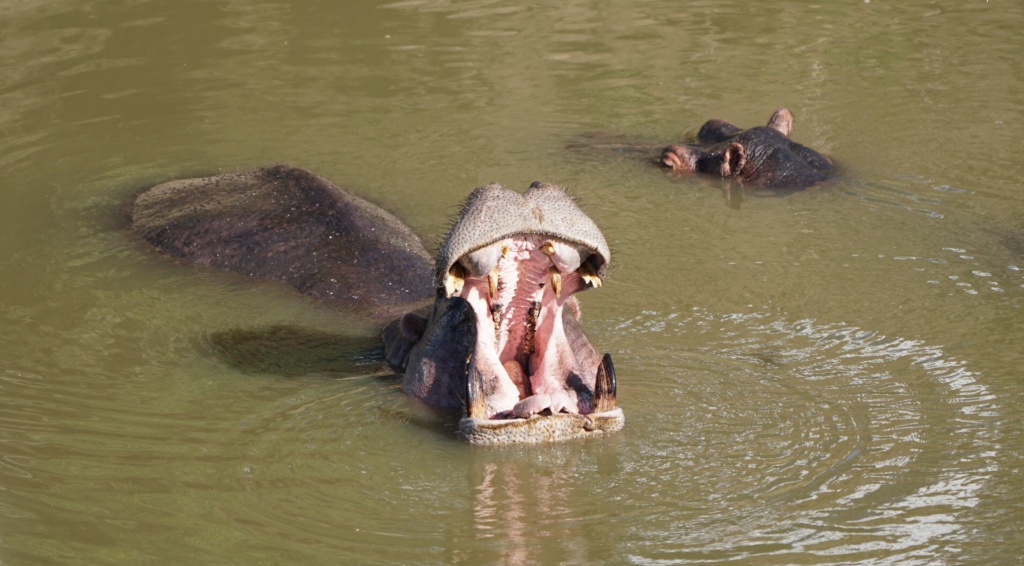
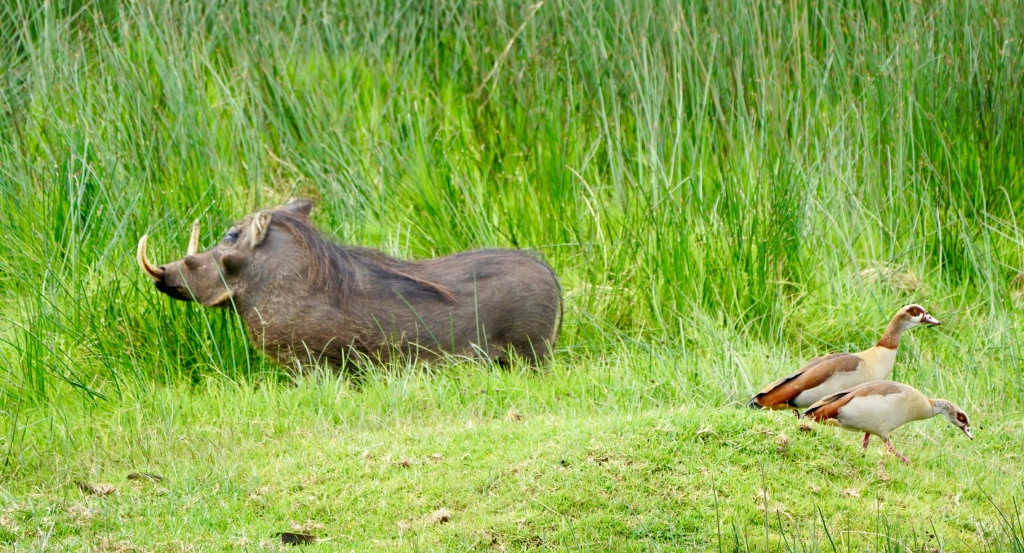
What an amazing place this is with so much wildlife, all roaming free. For the next few months, thousands of these animals will eat the nourishing grasslands of the Mara…eating it all until there is not a blade of grass left. We can’t believe the day we have had…there is just so much here to see, enjoying this beautiful wildlife living without boundaries in the wilderness, with us, the excited observers trying to soak it all in. It’s mind-blowing really…whew, what a day!
